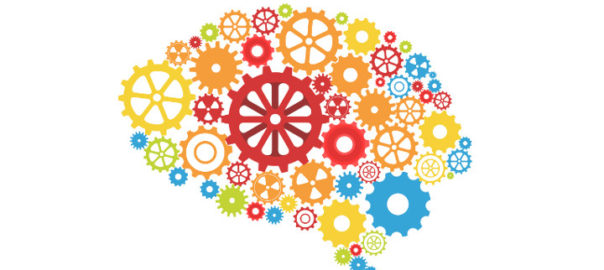Can Stem Cells Spark Memories?

The idea of restoring memory is nothing short of a dream come true for family member who have watched loved ones suffer through the grips of Alzheimer’s disease and other neurological conditions that attack the brain’s ability to function. Medicine is now more advanced than it’s ever been before, and this has allowed researchers to uncover exactly how the brain works and which factors lead to dementia. So is it possible that we are only a few years away from witnessing a doctor restore a person’s memory by replacing brain cells?
Could It Happen?
We don’t yet know for sure, but Ashok K. Shetty, Ph.D, a research career scientist at the Central Texas Veterans Health Care System and associate director of the Institute for Regenerative Medicine, is working with a team of experts at the Texas A&M Health Science Center College of Medicine to develop a technique that would allow donor neural stem cells to be grafted directly into the brain of a person suffering from dementia.
So far, Shetty’s team has already used neural stem cells by implanting them into the hippocampus of an animal. Since the hippocampus plays a vital role in allowing the brain to form memories and connect those memories to specific emotions, it’s the logical place to use for experimentation. Scientists have found that the hippocampus is often at a higher risk of being impacted by age, because its volume decreases over time, preventing the stimulation of new neurons and thus causing memory problems. Furthermore, the hippocampus is also vulnerable to chronic inflammation, which can cause serious degeneration.
More About Shetty’s Experiments
After implanting neural stem cells into the hippocampus of young and old animals, Shetty discovered that an old animal, equivalent to 70-year-old humans, can accept grafted neural stem cells just as efficiently as a young animal with a healthy hippocampus. This is a major find, since Shetty was unsure if an aged brain would have the ability to receive new cells successfully.
In fact, the cells in the older animal’s hippocampus didn’t just properly implant, but they also divided multiple times and continued to form new neural cells. The cells continued to divide even three months after implantation, which gives Shetty and other researchers hope that the same thing could happen in the human brain.
The neural stem cells in this experiment were gathered from donated brain marrow, which is very similar to bone marrow in the sense that it contains a large quantity of stem cells that produce new cells for that specific area of the body. These neural stem cells can also be obtained from the skin to allow for a simpler procedure.
Next up? Shetty and his team need to determine if the newly grafted neural stem cells had any impact on the animals’ memories. If the procedure can be prove to have reversed age-related memory deficits in these animals, scientists like Shetty will be moving top-speed toward a human-based clinical trial.
Image courtesy of http://www.leafscience.com/


